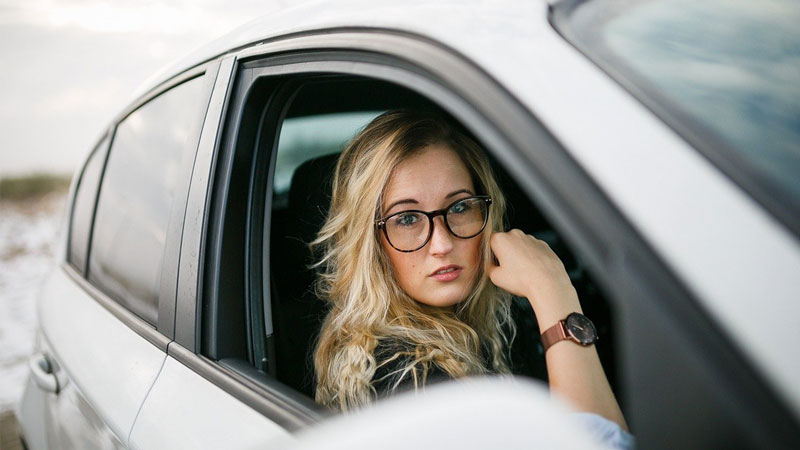It’s not unusual to see parents in a shiny new car while their teenagers drive an old bomb. With what we know about safety, it makes no practical sense. Teenagers are among the riskiest drivers, especially when on P plates. They also crash at four times the rate of adults and their older, smaller cars don’t protect them.
Young people drive old cars
While the average age of cars in Australia is 10.2, teenagers often drive cars older than that. These don’t have modern safety features, such as electronic stability control or airbags, and are less protective in a crash.
American research of crashes in 2013-17 found 19% of people who crashed in small cars were adults, compared to a quarter of teenagers. Nearly two thirds of teenagers were driving vehicles that were 6-15 years old. Worse, these cars were on average over 100 kilos lighter than the ones adults drove.
Not all teens are risky drivers
Not all teenagers are risky drivers. L-plate drivers are among the safest because they are under adult supervision. The first month of driving with P-plates is the riskiest time. P1-plate drivers are only 3% of all drivers but represent 20% of deaths and die at twice the rate of all drivers.
In Australia, young people 17-25 are still dying on the roads but the trend is down. In the year to August 2020:
- Nationally, 223 young people died, down 3% on the previous year and lower than 240 in 2016
- In NSW, 60 young people died, down from the 3-year average by 32% for 17-20 year olds and by 8% for 21-25 year olds.
Risky driving stops after a crash
The risk of crashing drops as young people mature and become more experienced at driving. It’s possible that being involved in a crash may also influence the way they drive.
Research published in Psychological Science found teenage risky driving drops a lot in the 2 months after a serious collision. They were less likely to do rapid turns, stops or other aggressive manoeuvre than teenagers who had not previously crashed.
Research by Co-op Insurance UK found two thirds of drivers 17-24 had been involved in a collision but, in 40% of cases, the young driver was not at fault.
Teens are bullied by older drivers
There may be more to teenage risky driving than just inexperience and old cars.
The Co-op study found more than half of young drivers 17-25 feel bullied on the roads:
- A quarter said other drivers’ actions made them feel unsafe
- Nearly three quarters were overtaken when it wasn’t safe to do so
- Almost half received rude hand gestures.
Another part of the same report appears to confirm their fears. Nearly 90% of motorists over 26 admitted they often get frustrated by other drivers. Nearly half say they toot their horns at others and two fifths flash their lights.
Unfortunately, older more experienced drivers don’t always tolerate teenage driving.
How to reduce young driver premiums
Cars can be expensive for young drivers and so are greenslips. Parents who share their vehicle will pay more for a greenslip when there is a young driver but it may be worth it. Young people with a car of their own have more risk of a crash than those who share the family car. This is because teens who share the car tend to talk about where they are going and how.
Of course, young drivers with their own car want to reduce their premiums. The cost of a greenslip is most affected by:
- Geographic region
- Type and age of vehicle
- Age and gender of vehicle owner and driver
- Driving history (offences, demerit points, years licensed)
- Claims history (insurance level and no claim bonus, at-fault claims).
Young people can’t help being young but can choose safer vehicles if possible. Thanks to a clean driving history with no offences or loss of points and no insurance claims, their premiums will start to come down.


your opinion matters: